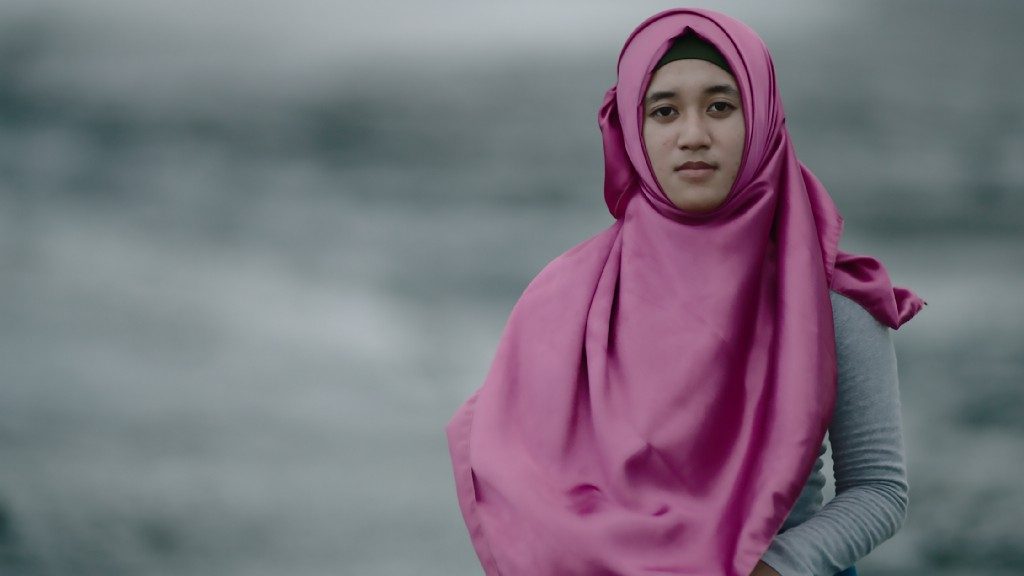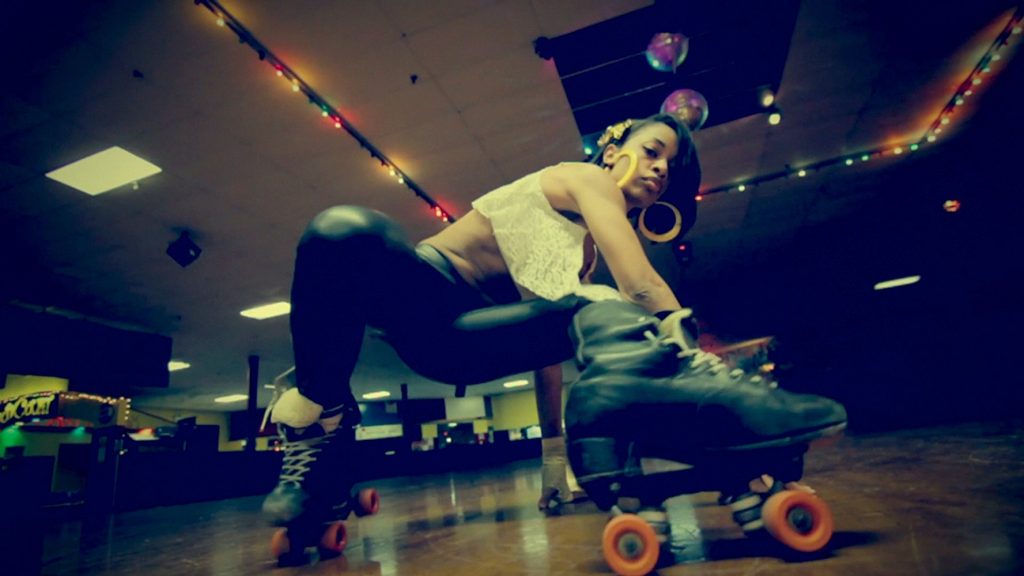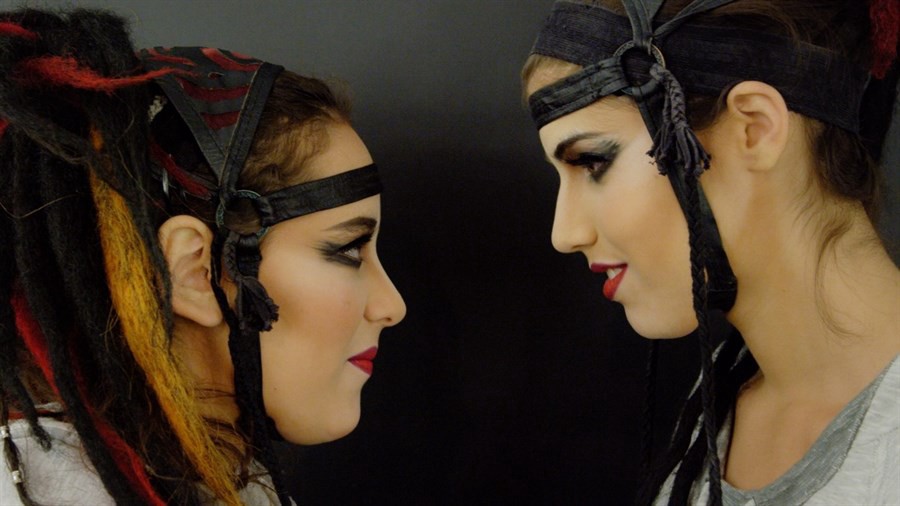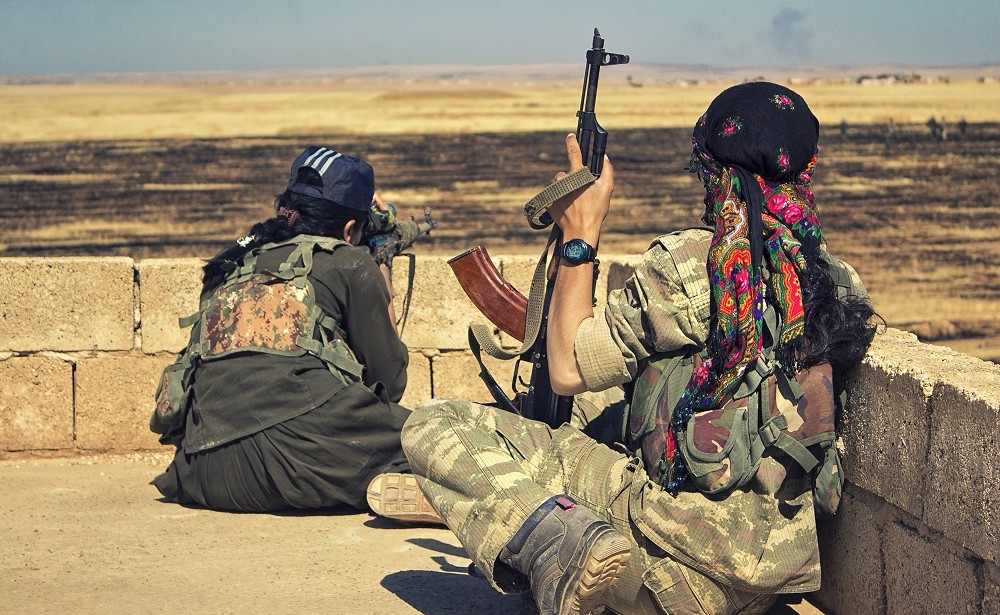Cynthia Wade’s 2008 documentary “Freeheld” won an Academy Award, Special Jury Prize at the Sundance Film Festival, and 13 other awards. Her other credits include “Grist for the Mill,” “Shelter Dogs,” and “Generation Startup.”
Sasha Friedlander’s feature-length documentary “Where Heaven Meets Hell” won Best Feature Documentary Film at the LA Asian Pacific Film Festival and Hawaii International Film Festival. The film aired on PBS.
“Grit” will premiere at the 2018 Hot Docs Canadian International Documentary Film Festival on April 30.
W&H: Describe the film for us in your own words.
CW&SF: When Dian was six, a tsunami of mud barreled towards her. Sixteen villages were instantly plunged under 60 feet of mud. The cause? A drilling company struck an underground pocket of mud and unleashed an unstoppable mudflow — a giant, sprawling disaster in Indonesia that continues over a decade later.
“Grit” chronicles Dian’s emerging activism as she joins the fight against the drilling company.
W&H: What drew you to this story?
CW: I was in Indonesia in 2012 and someone there said to me, “If you want to consider a new topic for a documentary, you should look into the mudflow.” I’d never heard of the disaster before. I visited the mud site for three days and conducted initial interviews on film, and gathered enough material to make a three-minute film teaser.
SF: It took a year to put the crew in place, and to find my co-director Sasha Friedlander, who grew up partially in Indonesia, worked as a journalist there, and is fluent in Bahasa. Then it was another five years of fundraising and production. We worked with both an Indonesian and U.S. crew.
I lived in Indonesia between 2007 and 2009, working for the Bali Post as a journalist and translator. During that time I’d covered the devastating story of the Lapindo mudflow in East Java and I remember feeling moved and inspired by the protests mounting against the gas drilling company. Because the owner of that company was a key political figure in Indonesia, the government heavily censored the stories that were coming out in the news, so the coverage never left the archipelago.
When I received an email from Cynthia in May 2013 about the possibility of collaborating on a film about the mudflow, it was the first time I’d heard the story mentioned since I left Indonesia in 2009. I knew that there was a presidential election coming up in 2014, which offered a glimmer of hope for the mudflow victims who were still waiting for their reparations from the drilling company.
I was excited to get back to Indonesia and learn more about the situation through the lens of the activists. There was a sense of optimism in the air that reminded me of the pre-Obama enthusiasm leading up to the 2008 US election. Cynthia and I hoped to make a film that would resonate with a Western audience. During the six years that we were filming “Grit,” we could never have imagined how many parallels would emerge between this story in East Java and the political upheavals here in the U.S.
W&H: What do you want people to think about when they are leaving the theater?
CW&SF: Our hope is that audiences will leave the theater with a better understanding of the world’s largest Muslim country. We want people to think about the urgency for political engagement, the importance of women in leadership roles, and the power of art and perseverance in social and environmental struggles. It’s hopeful that we’re seeing young people stepping up and demanding change worldwide.
After watching this story unfold, we hope audiences are inspired to cultivate their own determination, their own grit.
W&H: What was the biggest challenge in making the film?
CW&SF: The biggest challenge by far was the distance. Because the funding was slow and piecemeal, it was very difficult to cover the story from afar and make quick decisions to travel across the world to film something that might or might not be critical to the story.
Another huge challenge was gaining the trust of the community where we were filming. The people directly affected had lost everything, and we came in six years after the initial disaster took place. Many local news crews had come in and had made promises to the victims that were never met. Sasha is fortunate to speak Indonesian, so through many conversations and over the course of six years we were able to develop relationships based on trust and shared values.
During the editing process, it was especially difficult to figure out how to communicate the complexity of Indonesian politics and history without using formal narration or cards.
W&H: How did you get your film funded? Share some insights into how you got the film made.
CW&SF: We wrote a lot of grant proposals over the course of six years. The film was supported by Teach Green Foundation, MacArthur Foundation, Fork Films, Sundance Institute, Catapult Film Fund, Chicken & Egg Pictures, LEF Foundation, Our Children’s Earth Foundation, the Women in Film Finishing Fund, and other funders.
W&H: What does it mean for you to have your film play at Hot Docs?
CW&SF: It was a turning point for us to pitch the film at the 2016 Hot Docs Film Forum. That pitch led us the Sundance Edit Lab, which was crucial for our editing process.
CW: Toronto has meaning for me. I produced a fiction adaptation of my short documentary “Freeheld” and that feature film had its world premiere at the Toronto International Film Festival in 2015. It’s great to return to the city to attend the Hot Docs festival.
SF: I screened my first feature documentary “Where Heaven Meets Hell” at Hot Docs in 2012, so it’s really special to get to return to Toronto to share a completely different story with the fabulous audiences there.
W&H: What’s the best and worst advice you’ve received?
CW: Best advice: “Find your voice and don’t be ashamed of it.”
Worst advice: “That film can never be made” and “that film has no audience.” Often a filmmaker can see where she is going and the people around her can’t see it yet. Just because someone can’t see your vision does not mean you don’t have a vision.
SF: Best advice: To maintain the connections you make around the world, because they could be the people who lead you to your best characters when making a film. This advice has proven true time and time again.
W&H: What advice do you have for other female directors?
CW: Every film has its own path, so what works for one film almost never works for the next film. When there are setbacks and disappointments, it’s helpful to remind myself that my focus is bigger picture — I am creating a body of my work over the course of my career. Thinking bigger can sometimes help you get through any challenge of the moment.
SF: Don’t ever back away from a subject matter or a filmmaking situation because you think that being female won’t get you access or respect.
W&H: Name your favorite woman-directed film and why.
CW: “Pariah” by Dee Rees and “The Hurt Locker” by Kathyrn Bigelow. Both films are razor sharp, gutsy, and full of heat.
SF: “The Oath,” directed by Laura Poitras. When I watched it during graduate school, I was blown away by the access that she had earned in a very male dominant world. Poitras’ film gave me the confidence to set out and make my own first feature documentary, which was set in an environment completely dominated by men.
W&H: Hollywood and the global film industry are in the midst of undergoing a major transformation. Many women — and some men — in the industry are speaking publicly about their experiences being assaulted and harassed. What are your thoughts on the #TimesUp movement and the push for equality in the film business?
CW: I would love to walk on a set of a commercial I’m directing and not have one of the male crew say to me, “And you are?” In the past 16 months, this has happened on three different sets. The question came from just one person on each of those sets, a dude who never bothered to read the call sheet. Seriously — read a call sheet before you show up. And read the room when you get there.
SF: Every female I know in the industry has a story and can relate to what’s been unearthed in the past year with the #TimesUp movement. The moment has arrived, and the men in the industry can do their part to help change what is and has always been a sexist industry. We women need to stand strong together.







